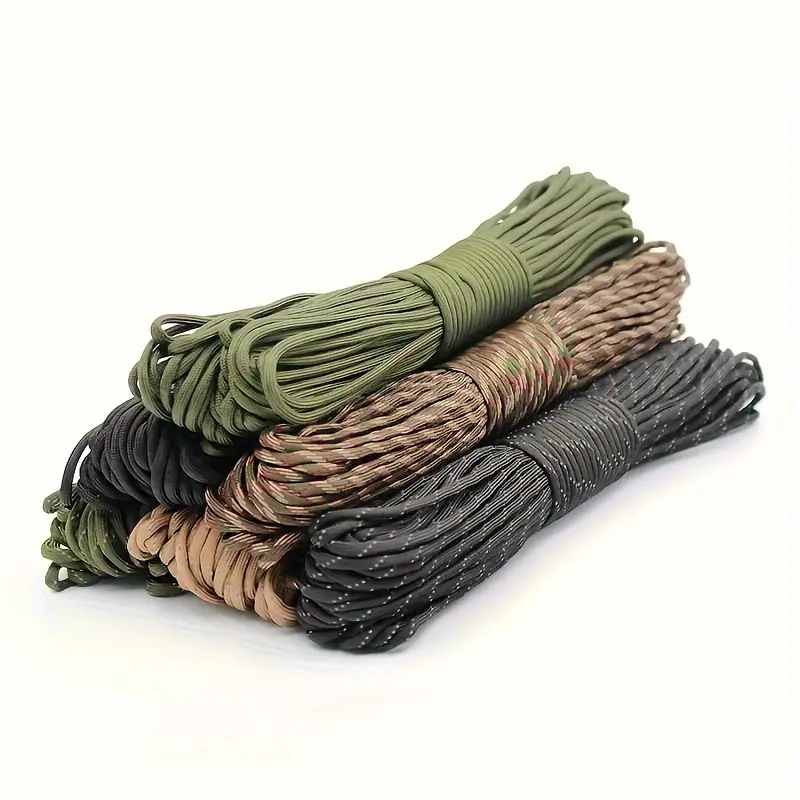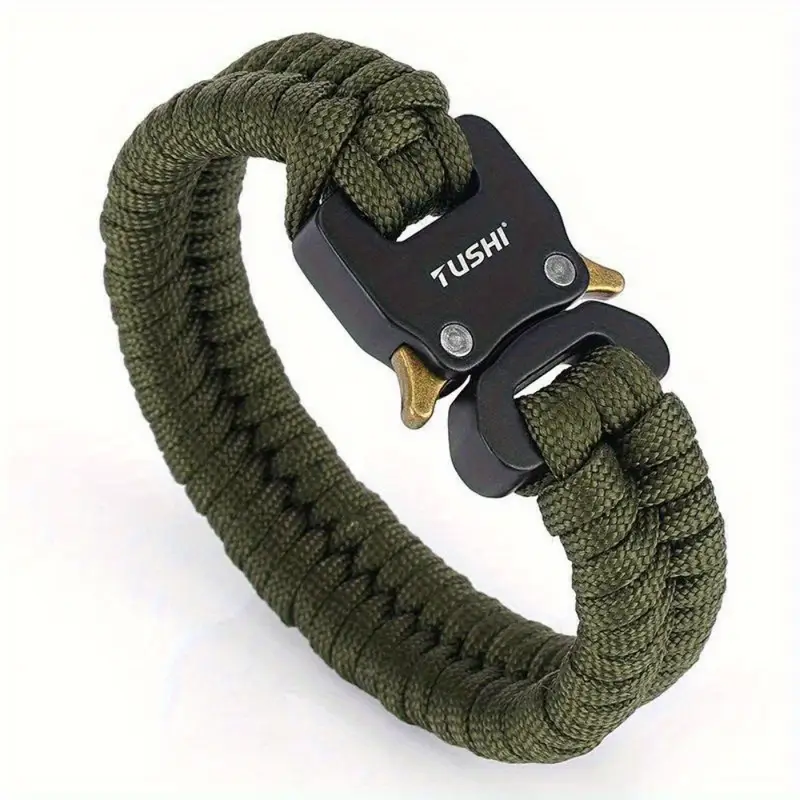When it comes to survival gear, few items are as versatile and indispensable as paracord. Originally developed for military parachutes, paracord—short for “parachute cord”—has since become a staple for adventurers, survivalists, and outdoor enthusiasts. Lightweight, durable, and endlessly adaptable, paracord is an essential tool that can make a significant difference in emergency situations.
In this post, we’ll explore the many uses of paracord in survival scenarios and why it deserves a spot in every survival kit.
What Makes Paracord Special?
Paracord is made from nylon and typically consists of an outer sheath housing multiple inner strands, known as the “kernmantle design.” Its key qualities include:
-
High Tensile Strength: Paracord can hold up to 550 pounds (hence the common term “550 cord”), making it incredibly strong for its lightweight nature.
-
Flexibility and Durability: It’s resistant to rot, mold, and UV damage, ensuring long-lasting performance in various environments.
-
Multi-Strand Inner Core: The inner strands can be separated and used individually for finer tasks.
Survival Uses for Paracord
Paracord’s versatility stems from its ability to be used in a multitude of ways. Here are some of the most practical survival applications:
1. Shelter Building
In the wild, having a reliable shelter is crucial. Paracord can be used to:
-
Secure a tarp or rain poncho between trees to create a makeshift tent.
-
Tie together branches or poles to construct a more durable structure.
2. Fire Starting
Some paracord varieties, like “fire cord,” include a strand coated with a flammable material that can be used as tinder to start a fire.
3. Fishing Line and Traps
The inner strands of paracord can be used as fishing line, making it easier to catch food. It can also be fashioned into snares or traps for small game.
4. First Aid
Injuries in the wilderness can be life-threatening. Paracord can help with:
-
Creating a makeshift tourniquet to stop bleeding.
-
Securing a splint or sling for broken bones or sprains.
-
Using the inner strands as sutures for wound closure in extreme cases.
5. Gear Repair
Whether it’s a broken strap on your backpack, a torn tent, or damaged footwear, paracord can be used to make quick repairs, keeping your gear functional when you need it most.
6. Rope and Cordage
Strong and lightweight, paracord can:
-
Be used for climbing short distances (not professional climbing).
-
Serve as a clothesline for drying gear.
-
Help hoist food bags into trees to keep them away from wildlife.
7. Navigation and Rescue
Paracord can assist in navigation and signaling by:
-
Marking trails with bright-colored cord to prevent getting lost.
-
Creating an improvised rescue line for pulling someone to safety from water or steep terrain.
8. Everyday Convenience
Even outside of emergencies, paracord can be woven into bracelets, keychains, or belts, ensuring you always have some on hand for everyday needs.
Tips for Using Paracord Effectively
-
Know Your Knots: Learn basic knots like the bowline, square knot, and taut-line hitch to maximize paracord’s utility.
-
Practice Beforehand: Familiarize yourself with separating and using the inner strands.
-
Choose Quality: Not all paracord is created equal. Look for genuine MIL-C-5040H type III paracord for the best performance.
Final Thoughts
Paracord is more than just a piece of rope; it’s a survival tool that can save lives. Its lightweight and compact nature make it easy to carry, and its versatility ensures you’ll always find a use for it. Whether you’re venturing into the wilderness or preparing for emergencies, paracord is a must-have for anyone looking to stay prepared and resourceful.
So, the next time you’re packing for an outdoor adventure, don’t forget your trusty paracord. It’s the kind of tool that, when you need it, you’ll be glad you have.


